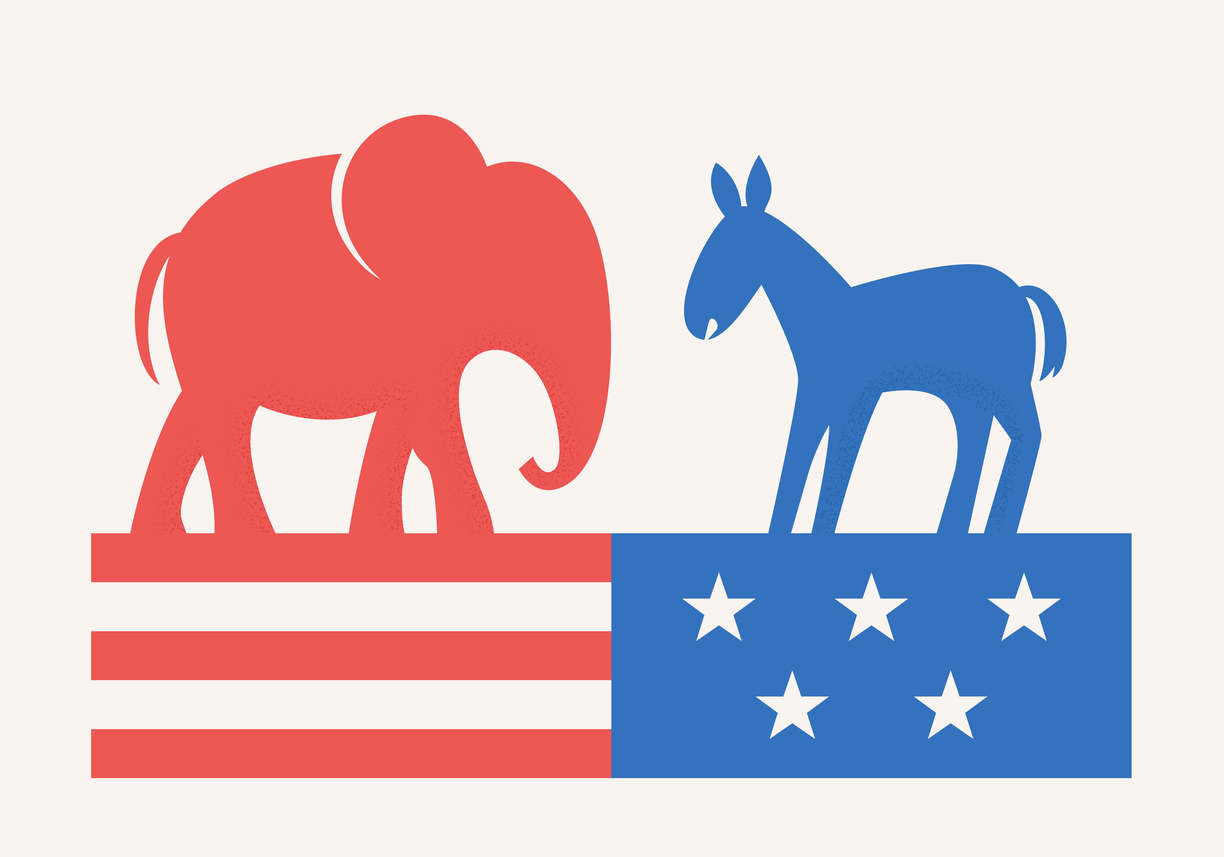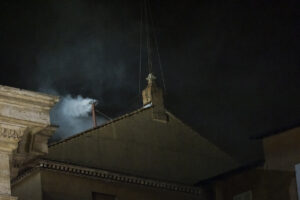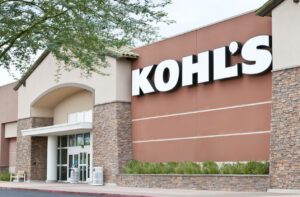The Scoop: An unexpected Democratic convention takes shape
Plus: X’s Grok AI image generator runs wild; a rare bright spot in local news.

Just two months ago, this Democratic convention was unimaginable.
President Joe Biden was preparing to run for a second term, but enthusiasm among his party was low. The polls weren’t great, but he had a fighting chance. Everything suggested a close race.
Then he stepped onto a debate stage with Donald Trump in late June and the rest is history.
Now, Biden finds himself relegated not to the final night of the convention to accept the nomination, but the first. He’ll speak tonight, to define his legacy and pass the torch.
He has described his message simply as, “Win.”
But Republican candidate Donald Trump is already framing Biden’s decision to step aside as a “coup,” something experts say could be used to cast doubt should he lose to Vice President Kamala Harris, both among his supporters and even in court.
Yet while the Democratic Party as a whole has enthusiastically embraced Harris, you can still expect some drama – likely occurring mostly outside the United Center in Chicago. The Hill reports that tens of thousands of protestors are expected to take to the streets to protest the United States’ role in funding and providing arms for Israel’s war in Gaza. Given Chicago’s history with the notorious 1968 Democratic convention, tensions are high for what the street protests might mean for the overall image and messaging of the convention.
Why it matters: A convention is all PR. It’s a chance to rally the faithful inside the convention hall, yes. But it’s also a series of four nights of guaranteed primetime coverage where the party can make its case for Americans who might not be obsessively tuned into politics.
Politico presented a fascinating behind-the-scenes glimpse at how a convention comes together from three Democratic convention production veterans: Kenneth Baer of Crosscut Strategies, Jeff Nussbaum of Bully Pulpit International and Erik Smith of Seven Letter.
The struggles will feel familiar to any communications person in any industry: scheduling big-name speakers to attract maximum press attention, fighting to get drafts turned in on time and at the appropriate length, offering media coaching on everything from the difference between Medicare and Medicaid and the pronunciation of “Mitt Romney.”
This year’s dance is particularly precarious. Everything had to be reformulated on the fly after the unexpected events of these last few weeks. Harris and her running mate Tim Walz are still establishing themselves in the minds of Americans and in the convention, have a major opportunity to introduce themselves in a way that will stick.
Regardless of your personal politics, the pageantry and the communications of the convention will be something to watch over the next four nights.
Editor’s Top Reads:
- Grok, a generative AI tool launched by X, now offers image generation. That itself isn’t particularly newsworthy; these tools have been around for more than a year on other platforms. But unlike those other platforms, the Elon Musk-powered Grok appears to have fewer rules about the images that Grok can conjure. Some viral images shared across social media include Harris and Trump participating in the 9/11 attacks, Musk committing a mass shooting, and cartoon characters engaging in behavior that’s far from kid friendly. Other image generation tools at least make some attempts at stopping the spread of images containing political figures or copyrighted characters, although their success varies. But Musk seems proud of the lack of guardrails on his tool, even during the American election season (Musk has thrown his support behind Trump). This presents yet another disinformation challenge for PR teams. Even if your organization has abandoned X, it’s important to keep your social listening teams monitoring for these deepfakes. Be prepared to respond if your brand gets caught up in the mess.
- A rare bright spot shines in the world of news. The paper formerly known as the Minneapolis Star Tribune is rebranding as the Minnesota Star Tribune to cover all of its home state. The positive move comes even as national outlets increase their layoffs and local news continues to disappear altogether. The paper has some unique advantages, namely a billionaire owner choosing to make a big investment, but the rebrand from a city-focused paper to one encompassing the entire state is inspiring. Will other papers follow suit? As PR pros, it’s heartening to see expansion rather than decline. If you do business in Minnesota, send a pitch the Star Trib’s way.
- Several large-scale strikes, both in the United States and Canada, could cause trouble as summer draws to a close. More than 17,000 AT&T workers have begun striking after claims the telecom company was not bargaining in good faith, and that negotiators lacked the power to strike a deal. AT&T denies the claims and says customer operations should not be impacted by the work stoppage. Meanwhile in Canada, 10,000 Teamsters who work for Canadian Pacific Kansas City and Canadian National railroads could stop work as soon as Thursday if a deal is not reached. This could lead to significant supply chain disruptions between the U.S. and Canada, NBC News reports. While a strike isn’t certain, it’s a good idea to get your ducks in a row now if your organization could be impacted at any point in the supply chain. These strikes may not be your fault, but they could be your problem to communicate to audiences.
Allison Carter is editor-in-chief of PR Daily. Follow her on Twitter or LinkedIn.







